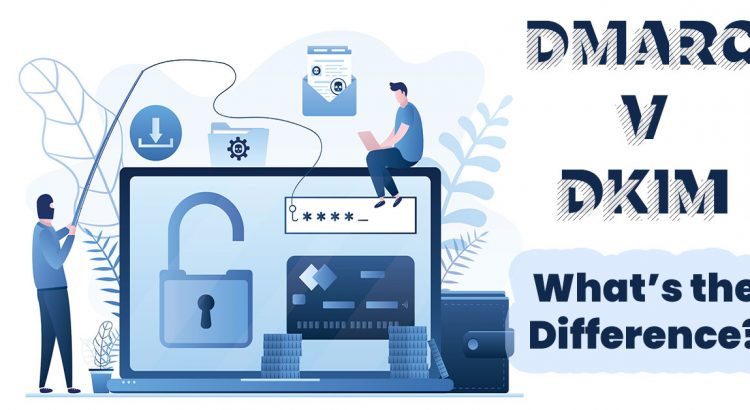As the number of cyber-attacks increases, it is essential to implement robust email authentication protocols to protect sensitive information from being accessed by unauthorized parties. Two such authentication protocols are DKIM (DomainKeys Identified Mail) and DMARC (Domain-based Message Authentication, Reporting, and Conformance). Although both these protocols are used to verify the authenticity of email messages, […]
